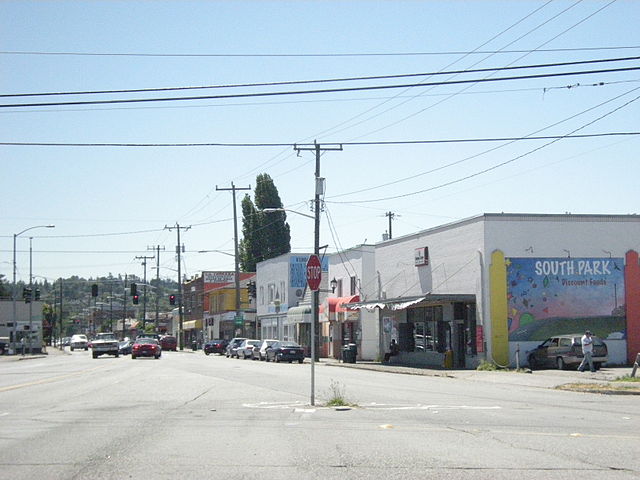Published on June 30, 2020

The Washington State Food Security Survey, which went live June 18 and runs through July 31, is open to all Washington state residents aged 18 or over. It was created by researchers at the University of Washington, Washington State University and Tacoma Community College, along with input from partners in local, county and state governments — such as the Washington State Department of Health and the Washington State Department of Agriculture.
“We know from increased demand at food banks and in food assistance programs that there has been a steep increase in food insecurity, but we don’t know the details. How are needs changing?” said Jennifer Otten, one of the leaders of the survey team and a UW associate professor of environmental and occupational health sciences. “In addition, due to physical distancing and changes in shopping patterns and food availability, it’s clear that some are also likely experiencing radical dietary shifts.”
“The information gathered by this survey will help state and community partners understand what people are experiencing and help with resource allocation for Washington state residents,” said Otten. “It’s very important we hear from everyone about what has changed, what has stayed the same, and what would help.”
“The goals of this survey are to understand how Washington residents are coping with disruptions in economic activity, as well as food distribution and access,” said Adam Drewnowski, another survey team leader, UW professor of epidemiology, and director of the Nutritional Sciences Program.
The team is particularly interested in responses from low-income households and those households that are underserved by food assistance programs. They plan to analyze survey responses on both a statewide level, as well as local and regional levels using participant-provided ZIP codes.
Additional UW team members include Sarah Collier, assistant professor of environmental and occupational health sciences; Chelsea Rose and Alan Ismach, research coordinators with the UW Nutritional Sciences Program; doctoral student James Buszkiewicz; and undergraduate student Esther Nguyen. Survey team leaders also include Laura Lewis, an associate professor of community and economic development at WSU and director of the Food Systems Program, as well as Brinda Sivaramakrishnan, professor of health, business and professional services at Tacoma Community College. UW funding is provided by the university’s Population Health Initiative, the Department of Epidemiology and the School of Public Health.
Continue reading at UW News.
Originally written by James Urton for UW News.